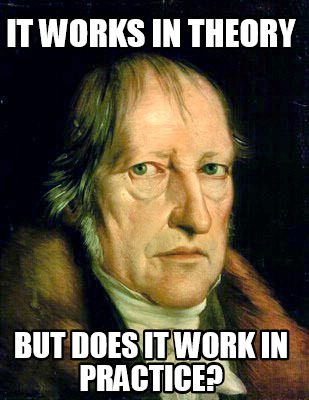Warning: this series may be uncomfortable to you if you're a big fan of applying the theory " as the book says " and/or don't accept using any system except Socionics
This series contains my comments and notes on whatever I find illogical and doesn't makes sense in the theory
So far, the list includes the following ( updated when needed )
1-Rationality/Irrationality ( ✔️ )
2- Skills/hobbies and typing via behaviours/Character traits
3- ITR
4- Introversion/Extraverion
Let's Gooooooooooo :



 Reply With Quote
Reply With Quote
 -
- 
 (as per tcaudilllg)
(as per tcaudilllg)

